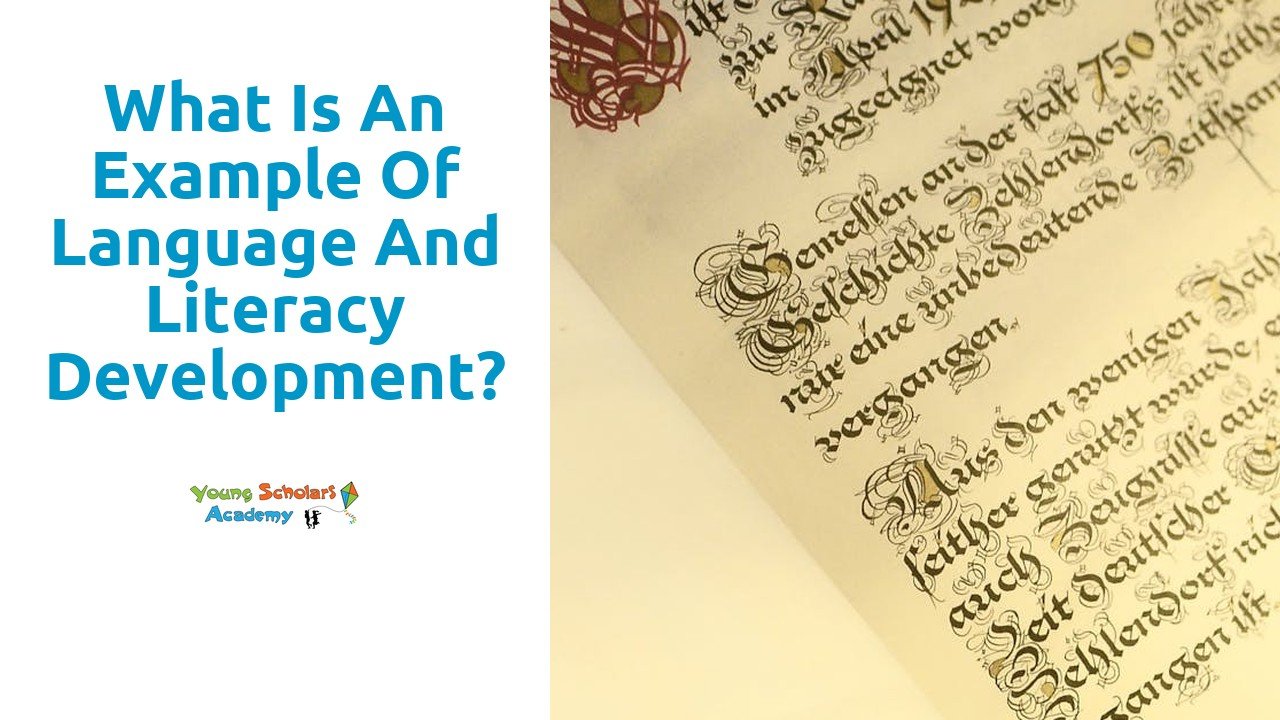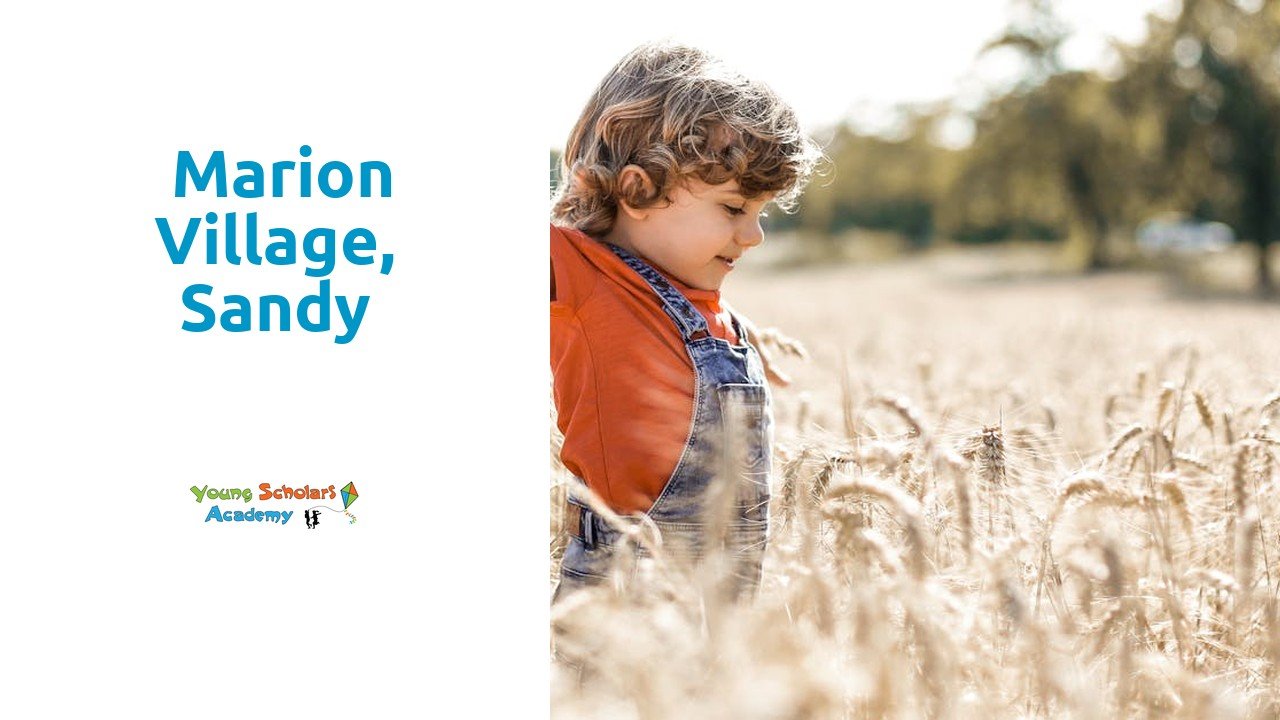Classroom Approaches to Enhance Literacy
Classroom approaches to enhance literacy play a crucial role in fostering language and literacy development in young learners. In West Jordan, Utah, educators implement various strategies to support students in becoming proficient readers and writers. By creating an engaging and interactive learning environment, teachers are able to enhance students’ language skills and improve their overall literacy abilities. Incorporating a mix of activities, such as small group reading sessions, vocabulary building exercises, and guided writing practice, contributes to a well-rounded approach to promoting Language and Literacy Development in West Jordan, Utah. Teachers also focus on individualized instruction, catering to the diverse needs of students and providing targeted support to address any learning gaps.
Furthermore, the integration of technology in literacy instruction has proven to be effective in enhancing students’ language and literacy skills in West Jordan, Utah. Utilizing educational apps, digital reading platforms, and interactive multimedia resources helps to create a dynamic and engaging learning experience for students. By incorporating technology in literacy lessons, educators are able to cater to different learning styles, promote independent reading practices, and enhance students’ comprehension and critical thinking abilities. The use of digital tools in the classroom not only supports Language and Literacy Development in West Jordan, Utah, but also prepares students for future success in an increasingly digital world.
Phonics Instruction
Phonics instruction is an essential component of language and literacy development in Mount Majestic Acres, Sandy. This approach emphasizes the relationship between letters and sounds, teaching children to recognize and manipulate the sounds that letters make. By focusing on phonics, students develop crucial skills that enable them to decode and encode words accurately and independently as they progress in their reading and writing abilities. Through systematic phonics instruction, children in Mount Majestic Acres, Sandy, learn the foundational skills necessary to become proficient readers and writers.
Incorporating phonics instruction in the classroom in Mount Majestic Acres, Sandy, involves teaching students how to blend and segment sounds, recognize letter patterns, and apply phonetic rules to spell and read words accurately. This structured approach helps children understand the alphabetic principle and build a solid foundation for literacy success. By engaging students in phonics activities that range from identifying letter-sound relationships to decoding multisyllabic words, educators in Mount Majestic Acres, Sandy, play a crucial role in fostering language and literacy development among young learners.
Cultural Influences on Language Development
Language and literacy development in children is greatly influenced by the cultural context in which they grow up. Cultural beliefs, traditions, and practices play a significant role in shaping how children acquire language skills. For example, in some cultures, there is a strong emphasis on oral storytelling as a way of passing down knowledge and preserving cultural heritage. Children growing up in such environments are exposed to rich oral traditions that not only enhance their language skills but also deepen their understanding of their cultural identity.
Furthermore, exposure to multiple languages within a child’s cultural environment can also impact their language development. Research has shown that children who are bilingual or multilingual often demonstrate cognitive advantages and greater linguistic flexibility. In these cases, the cultural influences on language development go beyond linguistic skills and extend to cognitive processes. Understanding the cultural context in which a child is raised is crucial in promoting effective language and literacy development in Pearson, Sandy.
Oral Tradition
Oral Tradition plays a significant role in language and literacy development in Sandy City, Sandy. Through the sharing of stories, folklore, and cultural narratives passed down orally from one generation to the next, children are exposed to rich language patterns and vocabulary. By engaging in oral traditions, children develop listening skills, comprehension abilities, and a deeper understanding of their cultural heritage. Moreover, this practice fosters a sense of community and connection among individuals within the society.
In the context of language and literacy development in Sandy City, Sandy, Oral Tradition serves as a powerful tool for promoting storytelling skills and enhancing communication abilities. Children learn to organize their thoughts coherently, express themselves articulately, and captivate audiences through the art of storytelling. This practice not only nurtures creativity and imagination but also instills a deep appreciation for the power of language and the importance of preserving cultural heritage through oral means.
Developmental Milestones in Reading
Developmental milestones in reading are crucial indicators of a child’s progress and proficiency in language and literacy development. In Southland Acres, Sandy, children reach various milestones as they advance in their reading abilities. Initially, they learn to recognize and distinguish between letters and sounds, laying the foundation for reading comprehension. This stage is a fundamental building block that sets the stage for more advanced reading skills to develop over time.
As children progress, they start to identify sight words, which are common words that they can recognize instantly without needing to sound them out. This enhances their reading fluency and comprehension as they encounter these words frequently in texts. In Language and Literacy Development in Southland Acres, Sandy, educators play a vital role in supporting children to achieve these milestones through targeted instruction and practice, fostering a love for reading and a strong foundation for future academic success.
Sight Words
Sight words play a crucial role in language and literacy development in Pearson, Sandy. These are words that are recognized instantly without the need for decoding. By memorizing sight words, students can enhance their reading proficiency and comprehension. Educators often incorporate sight words in their teaching strategies to help students develop a strong foundation in reading. Recognizing these words at a glance enables students to read more fluently and with greater comprehension, setting them on the path to becoming proficient readers.
In the context of language and literacy development in Pearson, Sandy, sight words serve as building blocks for reading success. These words are frequently used in texts across various subjects, making them essential for students to recognize quickly and accurately. By mastering sight words, students can focus more on understanding the content of the text rather than struggling to decipher individual words. As educators employ techniques to reinforce sight word recognition, students can progress in their reading skills and engage more effectively with written materials.
FAQS
What are some classroom approaches to enhance literacy?
Some classroom approaches to enhance literacy include incorporating phonics instruction, promoting reading comprehension skills, providing opportunities for writing practice, and creating a print-rich environment.
How does phonics instruction contribute to language and literacy development?
Phonics instruction helps children develop the ability to decode words by associating sounds with letters or groups of letters. This foundational skill is essential for reading and spelling proficiency.
How do cultural influences impact language development?
Cultural influences play a significant role in language development by shaping children’s exposure to language, vocabulary, and communication styles. Oral tradition, storytelling, and cultural practices all contribute to language acquisition.
What are some examples of oral tradition in language development?
Examples of oral tradition in language development include storytelling, folk tales, songs, chants, and verbal rituals that are passed down through generations within a cultural or community context.
What are some developmental milestones in reading?
Developmental milestones in reading include learning sight words, recognizing letter-sound relationships, understanding sentence structure, developing fluency, and mastering reading comprehension skills. These milestones are essential for proficient reading abilities.
Related Links
How does language affect literacy development?
Language and Literacy Development






